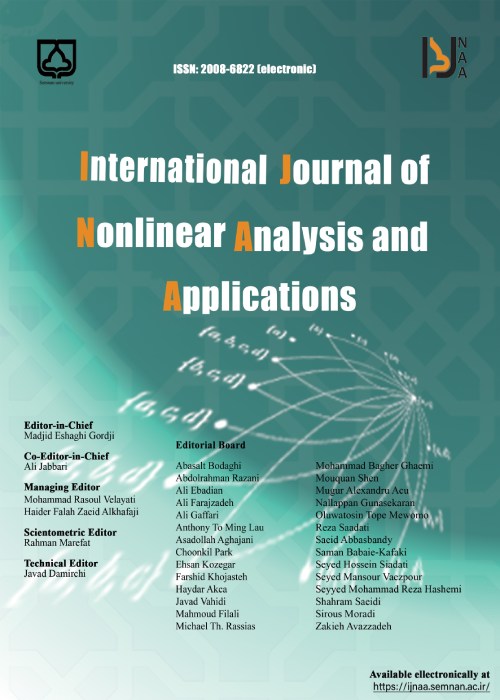Estimation of returns to scale with reduced computational complexity in Data Envelopment Analysis
The estimating returns to scale (RTS) and identifying the area in which the type of returns to the scale of a single decision maker unit (DMU) remains sustainable helps managers to have more accurate predictions about the size variations of a DMU. Contrary to theoretical studies and attitudinal surveys, the RTS-based econometric estimates of the panel data are derived from the time changes observed in inputs and outputs. Therefore the description of returns-to-scale based on the panel data is closer to those that are related to changes in demand and changes in the policy of managers during the sample period. it's clear that the use of the panel data, in addition to estimating returns to scale closer to the view of the managers, leads to a significant increase in the number of inputs and outputs for each DMU. Since we know that the DEA models have computational complexity for the great practical issues, use particularly when there are large numbers of outputs and inputs reducing the number of models will greatly help to solve these issues. In most articles, the returns-to-scale estimates for decision-making units (DMU) are performed with at least two LP models. Furthermore have problems in some cases and may not be able to investigate all DMUs. In this paper, a method has been proposed which determines returns-to-scale and identifies boundary units by solving only one model. In fact, unlike some articles which explore the boundary DMUs, the assessment area in this paper is all the DMUs observed in PPS (Production Possible Set). Therefore, based on this approach, identifying boundary units and estimating their returns-to-scale will be possible by solving only one LP model. Further, according to the proposed dual model, a different perspective has been proposed to identify and evaluate boundary units and to estimate the returns-to-scale by solving a single LP model. Additionally and according to numerous observations, the dual model is able to estimate the returns-to-scale of the image point of the inefficient units in the BCC model in the input orientation. The correctness of all content has been shown theoretically as well as intuitively, with due substantiation.
- حق عضویت دریافتی صرف حمایت از نشریات عضو و نگهداری، تکمیل و توسعه مگیران میشود.
- پرداخت حق اشتراک و دانلود مقالات اجازه بازنشر آن در سایر رسانههای چاپی و دیجیتال را به کاربر نمیدهد.


